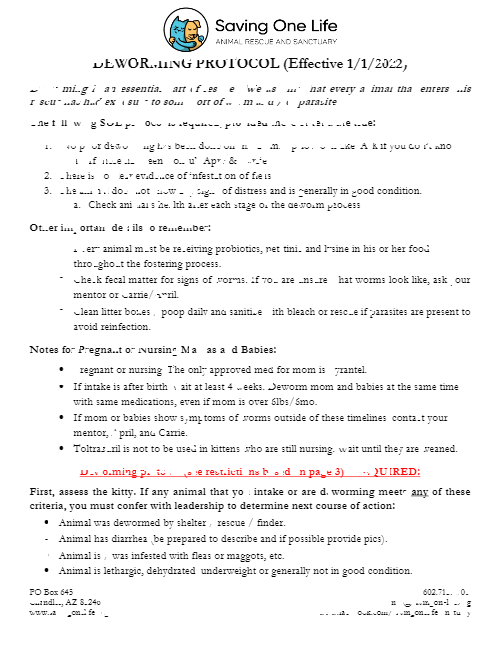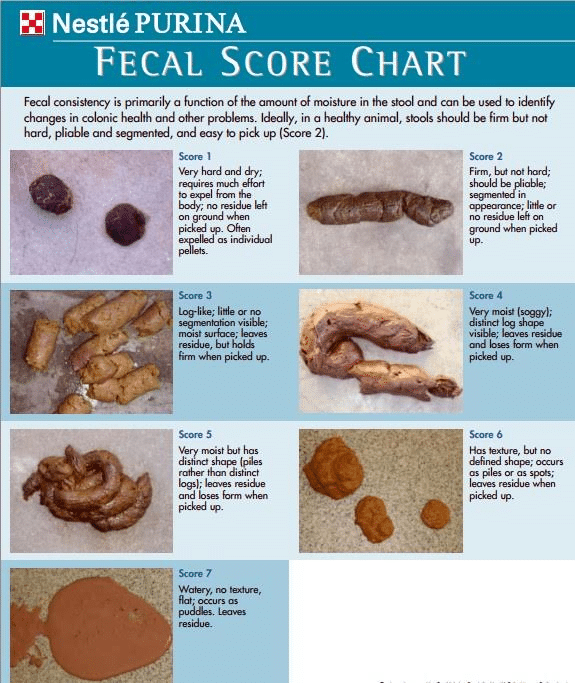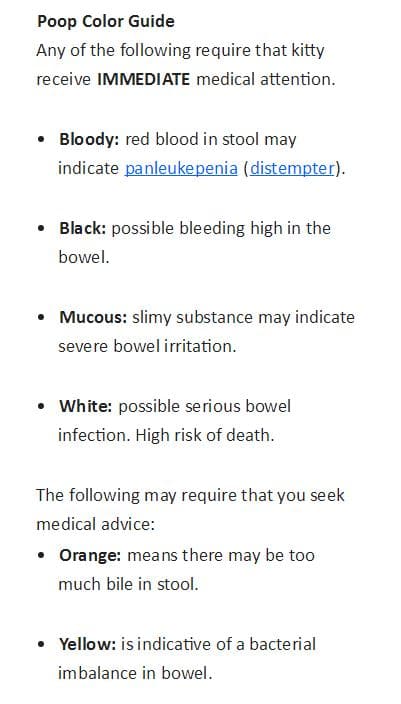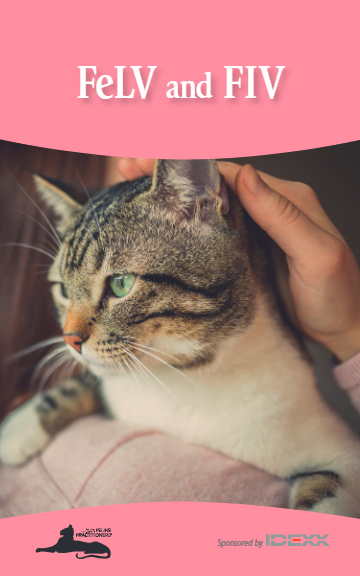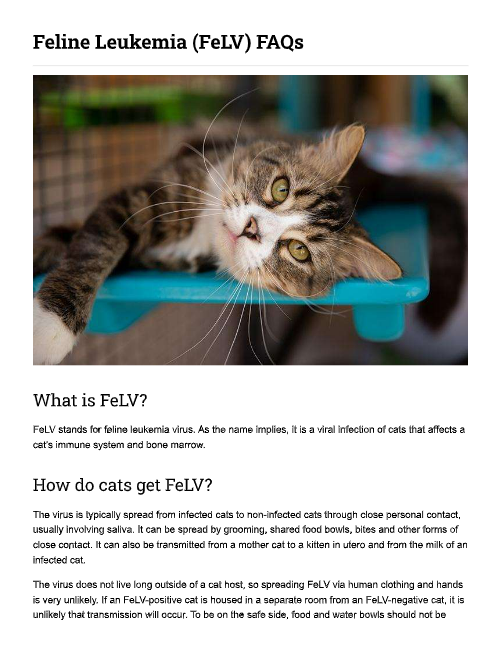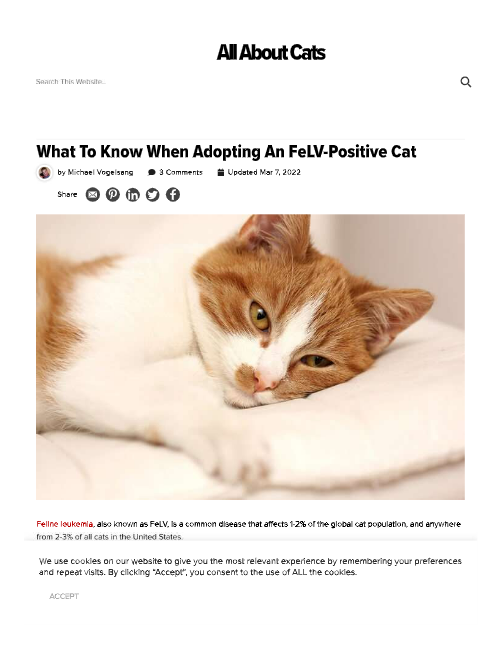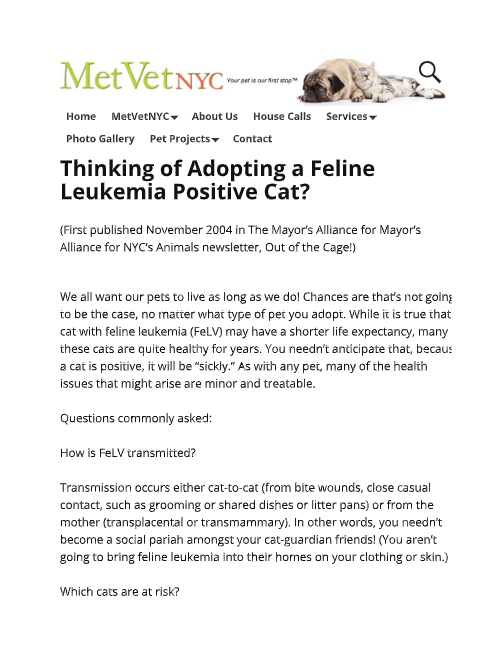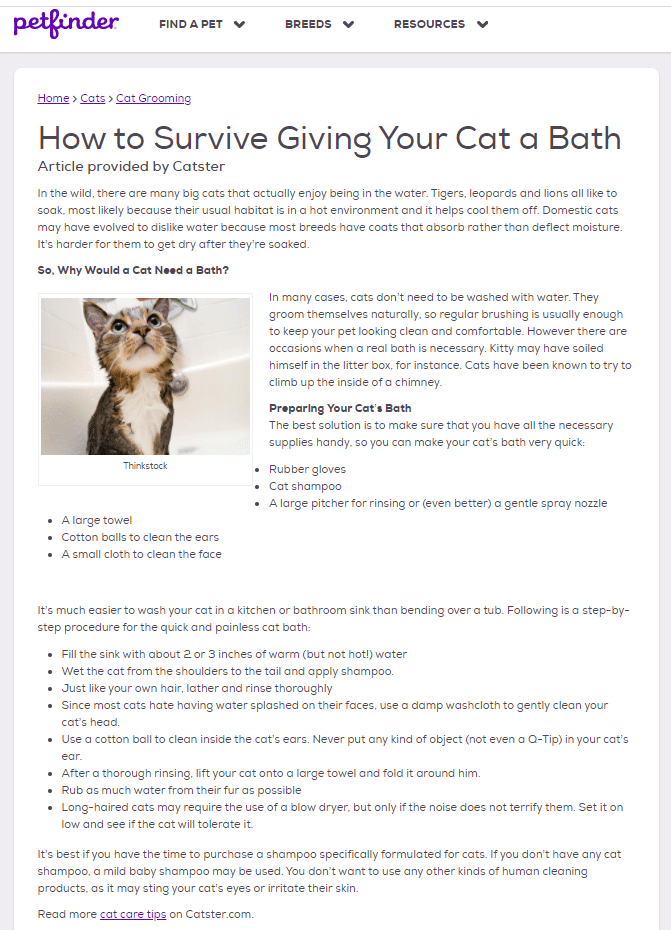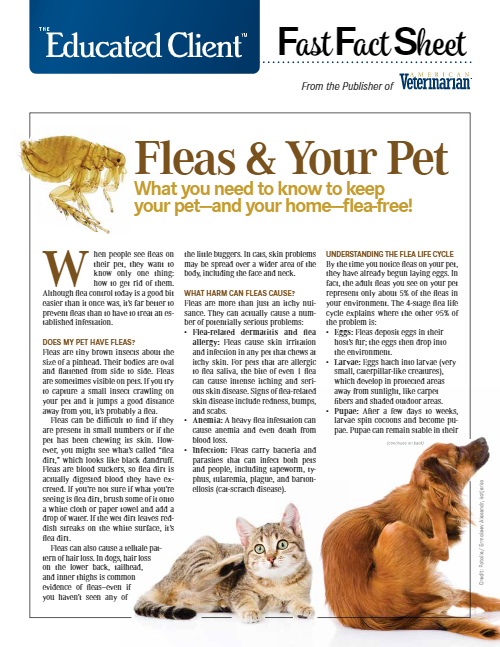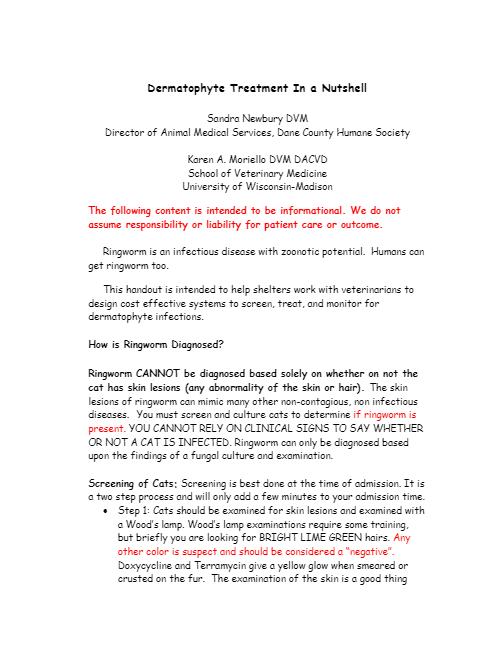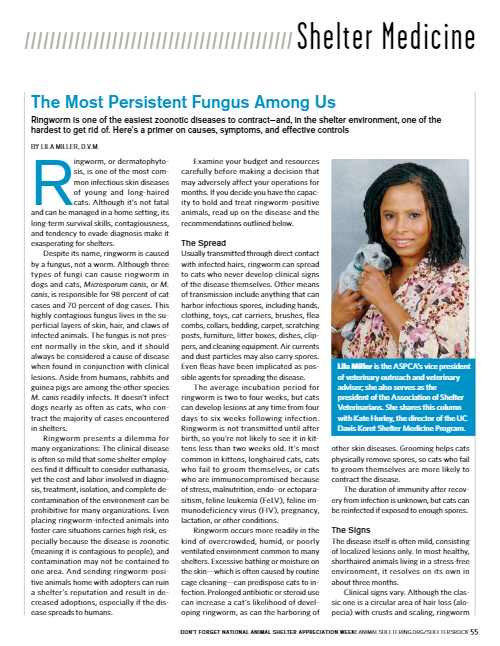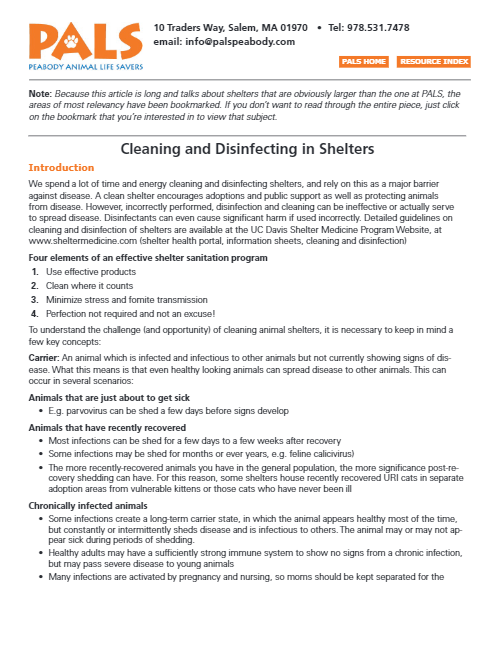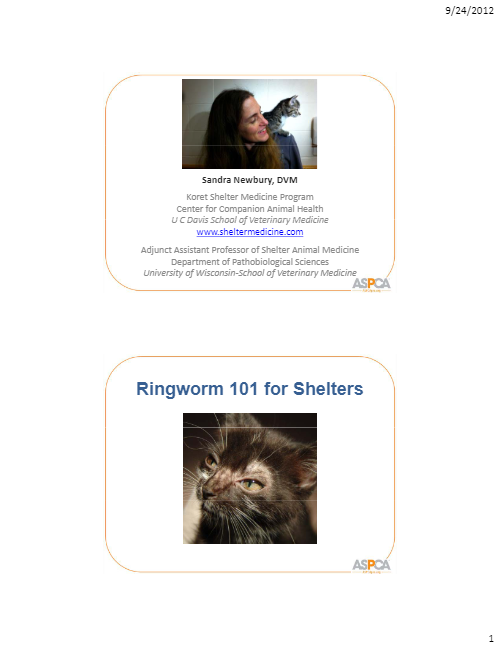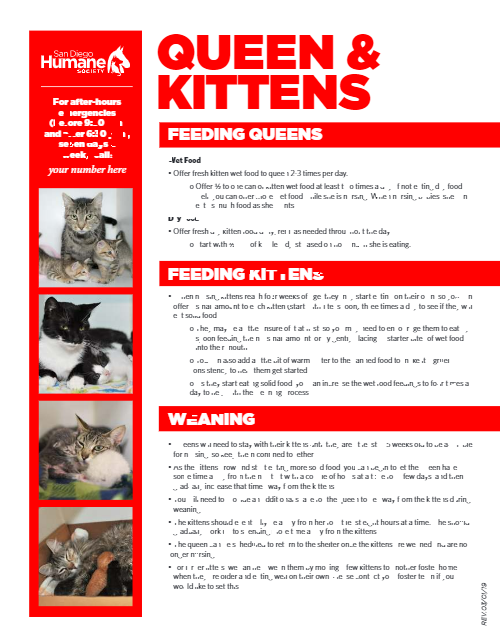Reference Materials
Use this information to learn more about the issues that may arise while you are fostering.
How to use these documents
All reference materials are on this one page so you can also scroll to learn about all of them generally. These will be kept up to date as much as possible and will reflect the best known practice at the time of publication. You are free to save any PDFs for later use, but they may never be shared or used outside of Saving One Life. Please delete them if you stop fostering with us. This is to protect you and us from liability issues.
If you do not know anything about these issues, the table below is a great starting resource.
If you read through this information and still have questions, or need more clarification, PLEASE CONTACT CARRIE and APRIL! We want you to be well-informed and to feel confident in the treatment of your foster animal.
Click the linked text below to be taken to documents about the corresponding section. Then click any image in that section to view the document or file in its entirety.
Medical
Learn the Basics
- Deworming
- Diabetes
- Digestive and Parasites
- FeLV
- FIP
- FIV
- Fleas
- Hospice Care
- Pain Management
- Ringworm
- Thyroid Issues
- Upper Respiratory
- Zoonotic Illnesses
Deworming is the process of killing specific organisms that cause digestive upset in animals. Some of these parasites can be extremely harmful if left untreated.
We assume all animals who enter rescue have one or more of these parasites. We have specific protocols to treat the parasites. The schedules in the deworming document are extremely important. The medicines only work if they are given as prescribed.
If you need help with the dose, administration, or purpose of a medication, please talk to your mentor.
Info will be added ASAP. Until then, you can use this folder on Google Drive. https://drive.google.com/drive/folders/1ToPf1QO04H5syMoDMYW3yrA-hR0CBLCR?usp=sharing
Diarrhea or other poop issues are extremely common when fostering. While it is expected, it still warrants attention and different levels of diarrhea need different treatments.
Photos are your best friend in getting your foster animal treated promptly and effectively. There is no photo too gross to send to Carrie and April. They have seen it all.
Included on this page is a chart of poop so you are using the same language as everyone else. It’s important to look at so you are familiar with the different consistencies. Diarrhea should be reported the first day you notice it.
Common fecal parasites are Coccidia (has a distinctive, foul smell), Giardia (transmissible to other pets and people), roundworms, hookworms, and whipworms. Fecal tests are not often needed to determine the course of treatment. However, if the problem is not resolved after all options are tried, fecal tests can be considered.
Fleas are another common parasite. Dawn dish soap baths are safe and effective for all ages of animals. It is important to rid the animal of fleas as soon as possible. Several baths may be needed. Watch the animal closely for signs of a tapeworm. Treatment is a Droncit injection that is highly effective but can only be given with leadership permission at clinic.
From IDEXX “When first exposed to FeLV, a cat might not show any signs of illness. Some cats that are exposed to FeLV can clear the virus completely from their body. Other cats are able to control the infection, preventing illness. In some cats, the infection will become active in their body and they will develop problems such as low red blood cells (anemia) or cancer. These problems can be severe and even fatal.”
An infected cat can easily spread the virus to other animals in the home. It does not live on surfaces for long, however, so you do not need to change clothing when caring for an infected kitty. FeLV+ kitties have a lifespan of around 3 years at most. Testing is done 30 days after the last possible exposure. FeLV+ kitties can live with other FeLV+ kitties with no consequences.
https://drive.google.com/drive/folders/1ToPf1QO04H5syMoDMYW3yrA-hR0CBLCR?usp=sharing
Info will be added ASAP. Until then, you can use this folder on Google Drive. https://drive.google.com/drive/folders/1ToPf1QO04H5syMoDMYW3yrA-hR0CBLCR?usp=sharing
Info will be added ASAP. Until then, you can use this folder on Google Drive. https://drive.google.com/drive/folders/1ToPf1QO04H5syMoDMYW3yrA-hR0CBLCR?usp=sharing
Dawn standard blue dish soap is a great flea killer that is gentle on the kitty and can be used for any age. Wash the kitty thoroughly and use a flea comb to get any stragglers out. Your kitty will most likely need a Droncit injection to treat any possible tapeworms after he or she is feeling better. The same treatment applies to dogs. Read below for tips on how to bathe a cat and treat the fleas. Keep kitty quarantined in a fabric-free room until cleared of all fleas.
Updated 4/8/2022
Info will be added ASAP. Until then, you can use this folder on Google Drive. https://drive.google.com/drive/folders/1ToPf1QO04H5syMoDMYW3yrA-hR0CBLCR?usp=sharing
Info will be added ASAP. Until then, you can use this folder on Google Drive. https://drive.google.com/drive/folders/1ToPf1QO04H5syMoDMYW3yrA-hR0CBLCR?usp=sharing
Ringworm, while annoying and invasive, is not a fatal condition.
The best thing you can do to keep ringworm under control is to follow the quarantine protocols. A thorough evaluation of your animal upon intake will let you spot lesions within the first 24 hours, before it has time to spread all over your house. Keeping your new foster animal in its own space (behind a door) and washing before and after handling it is a great place to start. If you suspect ringworm, contact leadership immediately. Send photos and get a hands-on evaluation by a ringworm expert. The most common locations for lesions are the ears, face, neck, and feet.
Ringworm will often fluoresce under UV light, like a blacklight. The shaft of the hair will glow the most. Not all strains of ringworm will glow. The best test is a ringworm culture, but it can take up to 2 weeks to show results. Please do not wait for a culture to come back positive to start treating ringworm.
Ringworm requires strict contamination protocols. The spores can live for years in the environment and are contagious to humans and other pets. Clothes must be changed and washed after contact. Air purifiers can be helpful. The surfaces of the room must be sanitized daily. Rescue Cleaner will kill ringworm. Bedding and other linens must be changed, washed, and sanitized daily. Do not skip steps in cleaning. Animals can be re-infected if cleaning steps are missed.
Lesions must be treated according to the prescribed plan. There will be a period after the lesions are gone during which the animal will need to be monitored for full resolution of the symptoms.
While we know that not everyone has the time and ability to treat ringworm, it is important that everyone is familiar with the protocols in case you get a foster animal who has ringworm. We will do our best to move the animal to a ringworm experienced foster if you are not able to complete the treatment, but that can take time. If you want your home to stay ringworm-free, you must follow the quarantine, cleaning, and treatment protocols.
Info will be added ASAP. Until then, you can use this folder on Google Drive. https://drive.google.com/drive/folders/1ToPf1QO04H5syMoDMYW3yrA-hR0CBLCR?usp=sharing
URI or upper respiratory infections are common in animals living outside for extended periods and in medically fragile animals like kittens and puppies. Signs include runny, goopy eyes, nose or eye discharge, and sneezing or sniffles.
Our first line of defense is Tobramycin. This antibiotic can be given as a drop in either the eyes or the nose. It is safe for any animal over 3 weeks old. You do not need leadership approval to begin, but they should be messaged along with your mentor ASAP to ensure all symptoms are being treated.
Info will be added ASAP. Until then, you can use this folder on Google Drive. https://drive.google.com/drive/folders/1ToPf1QO04H5syMoDMYW3yrA-hR0CBLCR?usp=sharing
View Documents
- Deworming
- Diabetes
- Digestive / Parasites
- FeLV
- FIP
- FIV
- Fleas
- Hospice
- Pain
- Ringworm
- Thyroid Issues
- Upper Respiratory
- Zoonotic illnesses
Other Topics
Learn the Basics
- Declawing
- Feeding
- Litter Box Issues
- Moms and Babies
- Neonatal Kittens
- Senior Animals
- Socializing / Spicy Cats
Info will be added ASAP. Until then, you can use this folder on Google Drive. https://drive.google.com/drive/folders/1ToPf1QO04H5syMoDMYW3yrA-hR0CBLCR?usp=sharing
Info will be added ASAP. Until then, you can use this folder on Google Drive. https://drive.google.com/drive/folders/1ToPf1QO04H5syMoDMYW3yrA-hR0CBLCR?usp=sharing
Info will be added ASAP. Until then, you can use this folder on Google Drive. https://drive.google.com/drive/folders/1ToPf1QO04H5syMoDMYW3yrA-hR0CBLCR?usp=sharing
Info will be added ASAP. Until then, you can use your medical chat and the Moms and Babies Facebook Messenger chat for questions. Limited information is linked below.
Info will be added ASAP. Until then, you can use this folder on Google Drive. https://drive.google.com/drive/folders/1ToPf1QO04H5syMoDMYW3yrA-hR0CBLCR?usp=sharing
Info will be added ASAP. Until then, you can use this folder on Google Drive. https://drive.google.com/drive/folders/1ToPf1QO04H5syMoDMYW3yrA-hR0CBLCR?usp=sharing
Info will be added ASAP. Until then, you can use this folder on Google Drive. https://drive.google.com/drive/folders/1ToPf1QO04H5syMoDMYW3yrA-hR0CBLCR?usp=sharing
View Documents
- Declawing
- Feeding
- Litter Box Issues
- Moms and Babies (heat, pregnancy, birth)
- Neonatal Kittens
- Senior Cats
- Socializing/Spicy
I know some of the images on this page appear choppy or strange. They all work when selected and will be clear and legible.
Deworming Protocol
Updated 3/31/2022
Digestive (Diarrhea)
Updated 3/31/2022
FeLV (Feline Leukemia)
Updated 7/15/2022
External Links
These are external links that may help you understand FeLV. Saving One Life is not responsible for the content on these pages.
Cornell Feline Health Center Information
Cornell Feline Health Center Information
WebMD on FeLV
Google Drive: Research
If you would like to know more about the research behind our testing protocols, please see the 2020 AAFP Guidelines and the Why Some Shelters Are No Longer Testing documents in this folder.
Fleas
Updated 3/31/2022
Ringworm
Updated 3/31/2022
External Links
These are external links that may help you treat and understand ringworm. Saving One Life is not responsible for the content on these pages.
ASPCA
Upper Respiratory Infections
Updated 3/31/2022
Moms (Queens) and Babies
Updated 7/15/2022
You will not be asked to foster a mother/kittens set until you have been with the rescue for awhile and have handled several kitten illnesses comfortably. The kittens are very vulnerable and the mothers can be unpredictable. You need to be an experienced foster to handle the challenges raised by caring for a mother and kittens.
External Links
These are external links that may help you treat and understand how to care for Mothers (Queens) and their kittens. Saving One Life is not responsible for the content on these pages.
Overview of the Process
This is a detailed overview from the Shelter Medicine program at UC Davis.
Fading Kitten Syndrome
Learn about Fading Kitten Syndrome – read now, before you need the information.

